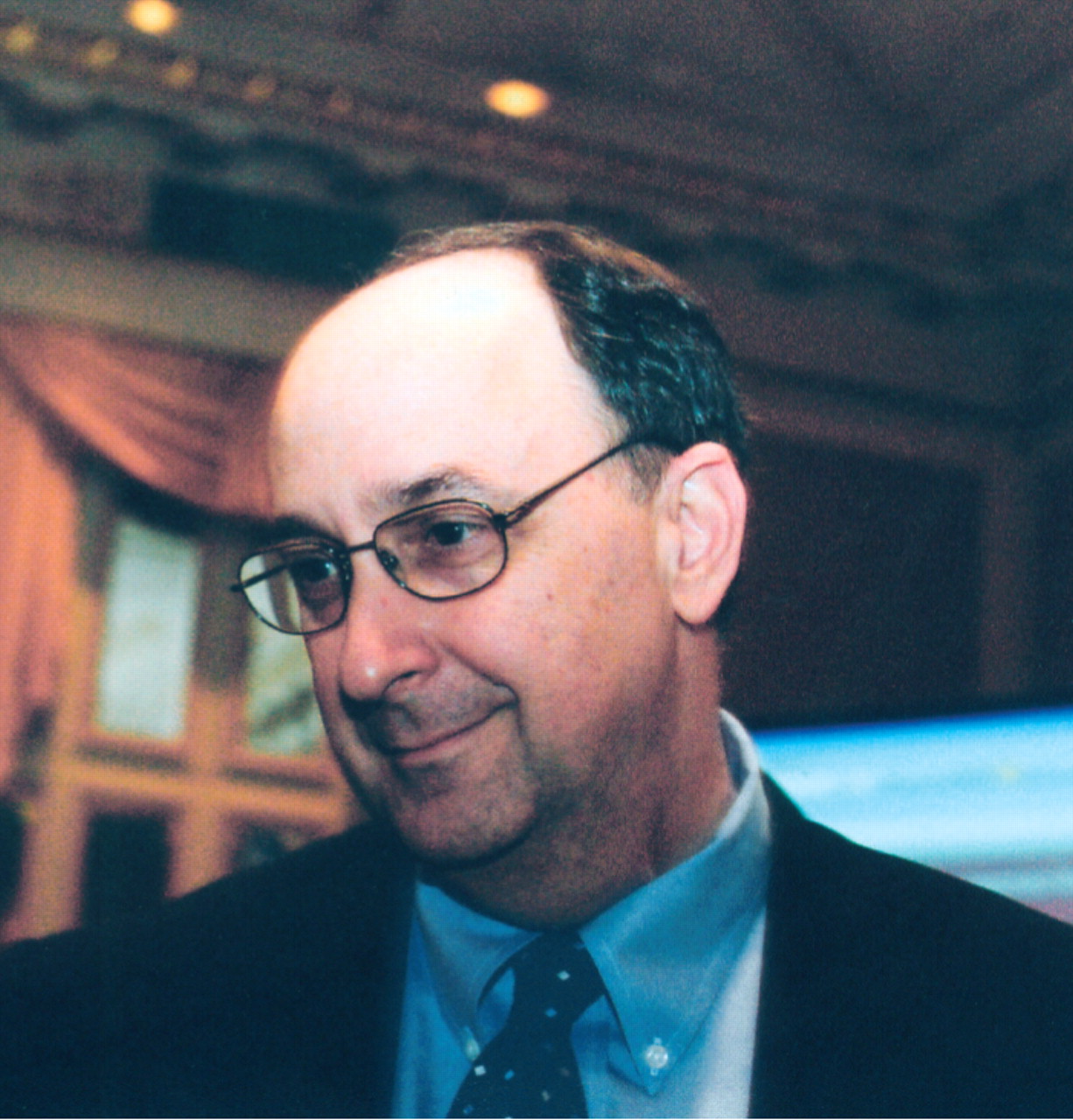Filmmaker Uses Comedy to Explore Analysis

Glen Gabbard, M.D.: “It has become apparent to me over the years that we analysts don't know how an analyst should be portrayed because each of us works behind closed doors.”
Credit: Joan Arehart-Treichel
Did Woody Allen's long-time residence on the psychoanalytic couch, as well as his romantic comedy films of the 1970s and 1980s, enhance or erode analysis's reputation? The jury is probably still out on this question.
But how about a new romantic comedy that was directed by another New Yorker who also spent ample time on the couch and that expressly concerns analysis? Analysts largely, although not entirely, gave it a thumbs up at a recent meeting of the American Psychoanalytic Association (APsaA) in New York City.
The film, called “The Treatment,” was directed by 46-year-old Oren Rudavsky. Both Rudavsky and the man who wrote the novel upon which the film was based—Daniel Menaker—were present at the APsaA meeting to discuss the storyline and show clips from the film.
The film debuts with Freud's famous couch lifting off from Vienna, whizzing through the clouds and touching down in New York City. Then the film zeroes in on two of the three major characters—a cynical young Manhattan schoolteacher named Jake Singer and his analyst, a crusty character from Argentina named Ernesto Morales. (Ironically, Jake Singer resembles a character depicted in Woody Allen's film “Annie Hall”—the neurotic, analysis-going cynic Alvie Singer. Whether that is accidental or intentional, Rudavsky did not say.)
During therapeutic sessions, Singer often faces the screen with Morales behind him, giving viewers a splendid view of both characters as they spar with each other. For example, in one scene, Singer demands: “Why are you making me feel so weird?... Do you have a wife? Do you have a life?” And in another scene Singer exclaims: “You are a sadist!” To which Morales replies: “I love you! Now sit down, please.”
Morales also haunts Singer from time to time when Singer is not in treatment, appearing to him as a sort of phantom superego. For instance, when Singer attempts to make love to his new girlfriend, Allegra Marshall (the other major character in the film), Morales's disapproving countenance looms over the bed.
In brief, the film is a comedy, but it is also a drama, Rudavsky said.
But what does it do for analysis?
“The film is a sardonic representation of the therapeutic situation,” one analyst in the audience commented. “It is incredibly funny.”
“This film gives us an opportunity to laugh at ourselves,” said another. “But I fear it just builds up the American caricature of what an analyst is like. I wish a film would sometime really show what analysis is like.”
But “if you showed real analysis on the screen, people would want their money back!” Glen Gabbard, M.D., chair of psychoanalysis and a professor of psychiatry at Baylor College of Medicine and session co-chair, protested. “Analysis is not show biz.”
“I think a film can poke fun at an analyst, but should always respect the patient,” another analyst noted. “I think the film does that.”
“The film is about a transforming relationship between two people,” yet another observed. “The movie 'The Shawshank Redemption' is like that. I wish the public were exposed to more such films.”
And as yet another commented, “I think this film is good for analysis because it obviously was a labor of love and contains emotional truth. It contains sensibilities that were honed in the analytic experience.”
That's an observation Rudavsky confirmed: “I went to analysis for many years... .While you may laugh at the scenes, the film is very true to my experience.”
For example, he tried to demonstrate in the film how the therapist walks across the floor and to capture “that moment of silence which lasts forever.” He also included an incident in the film that he had experienced—the analyst's answering machine switching on accidentally.
In fact, his analytic experience probably contributed to the film in ways he wasn't conscious of, Rudavsky suggested. For example, he incorporated a scene in which Singer and Morales take a walk in the park together. While they are sitting on a park bench, Morales says, “We are doing the hard work of clearing away all that muck! And after that you will be capable of achieving love, wealth, and success.”
Although Rudavsky had never walked with his own analyst in the park, he later learned that his analyst had taken a stroll there with another patient. “So this is a case of art imitating life imitating art!” he chuckled. ▪



